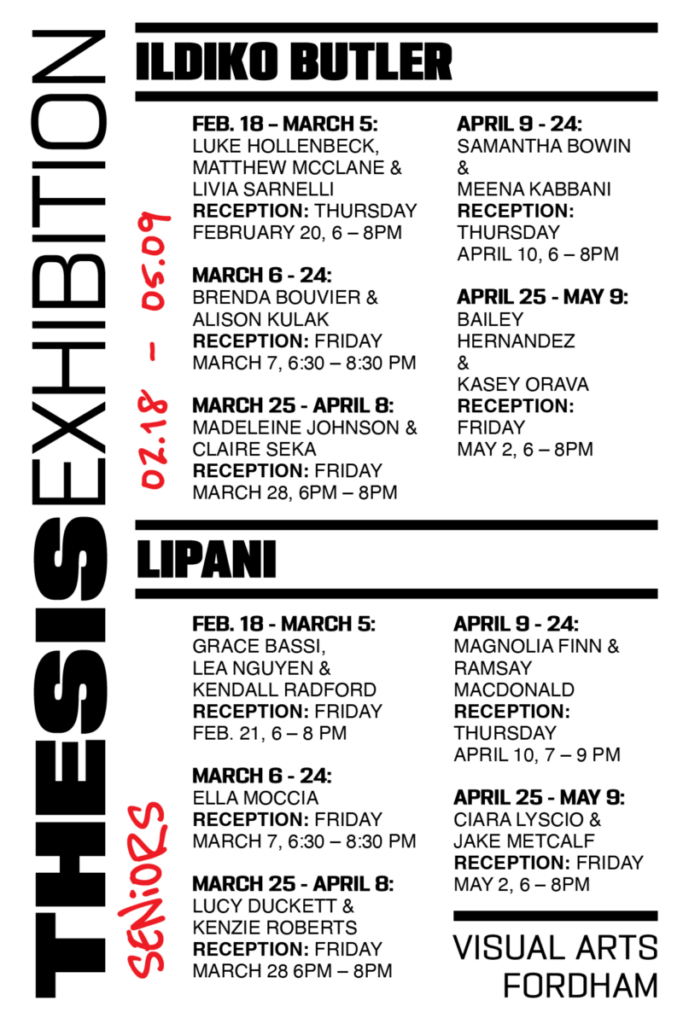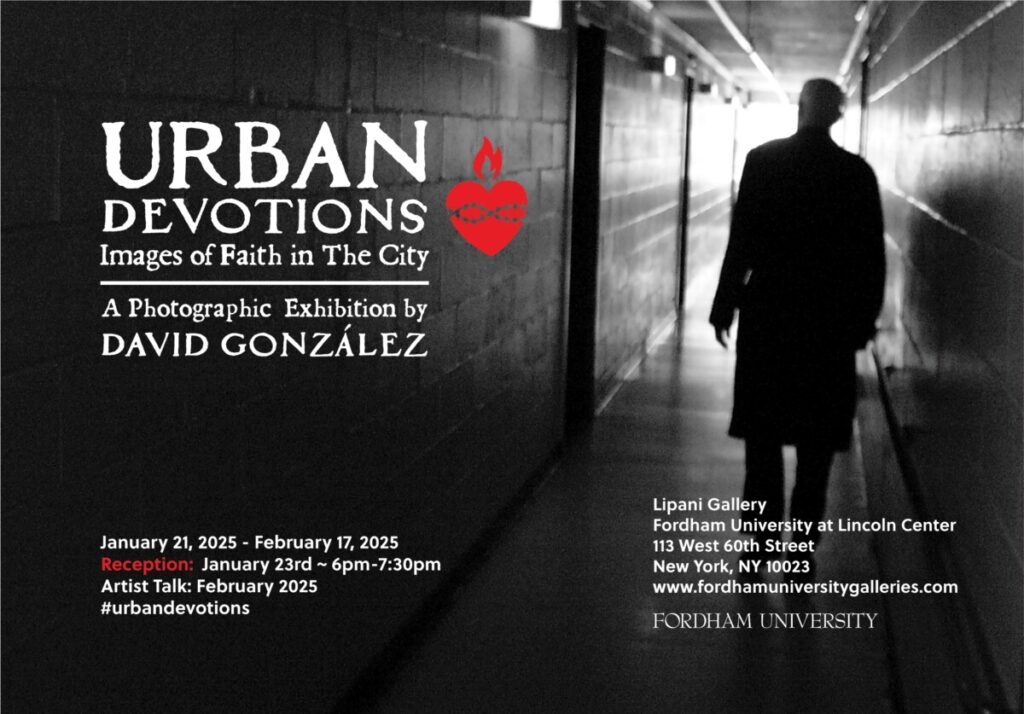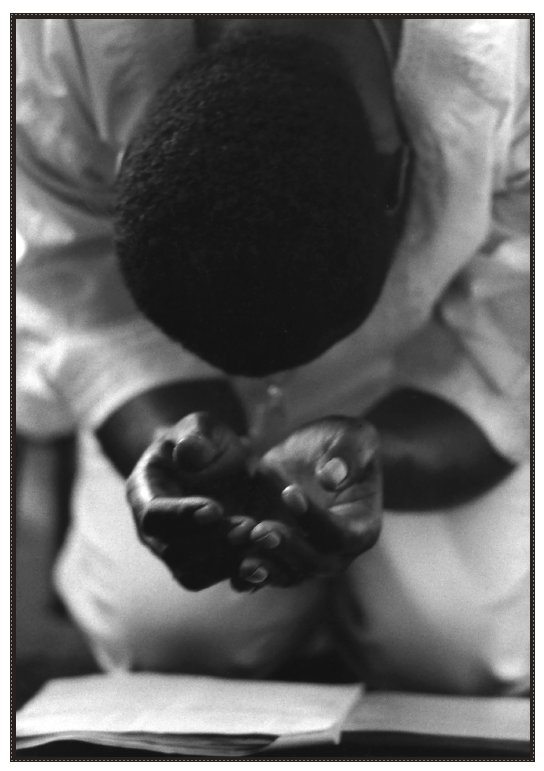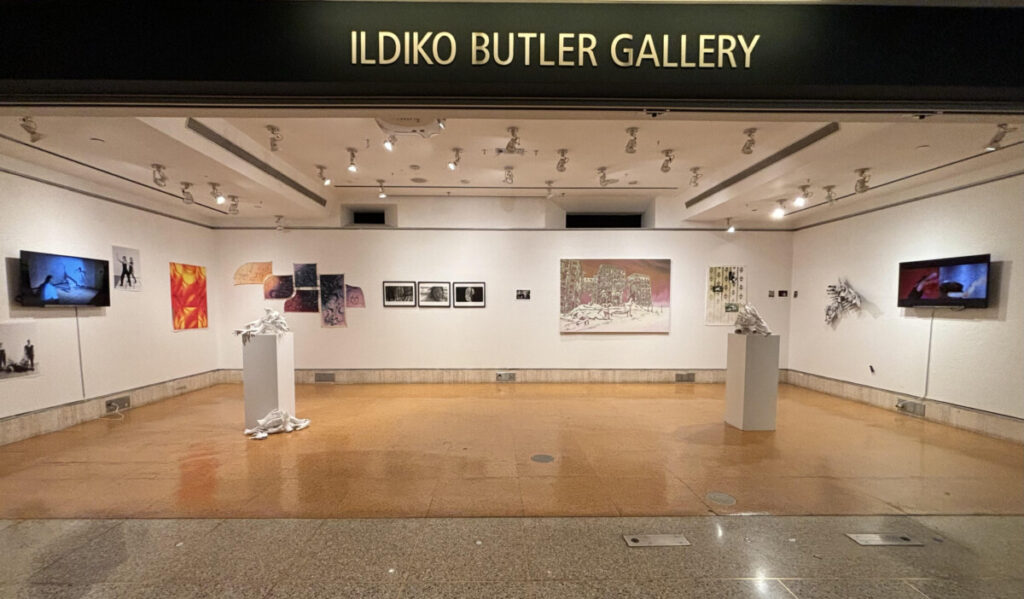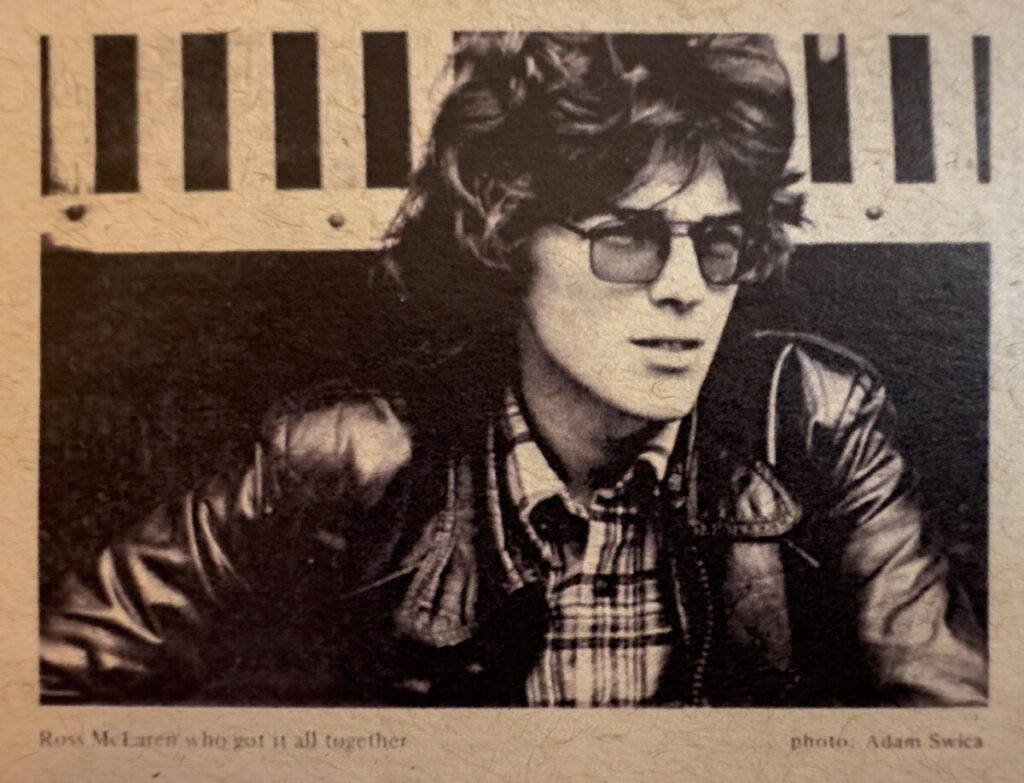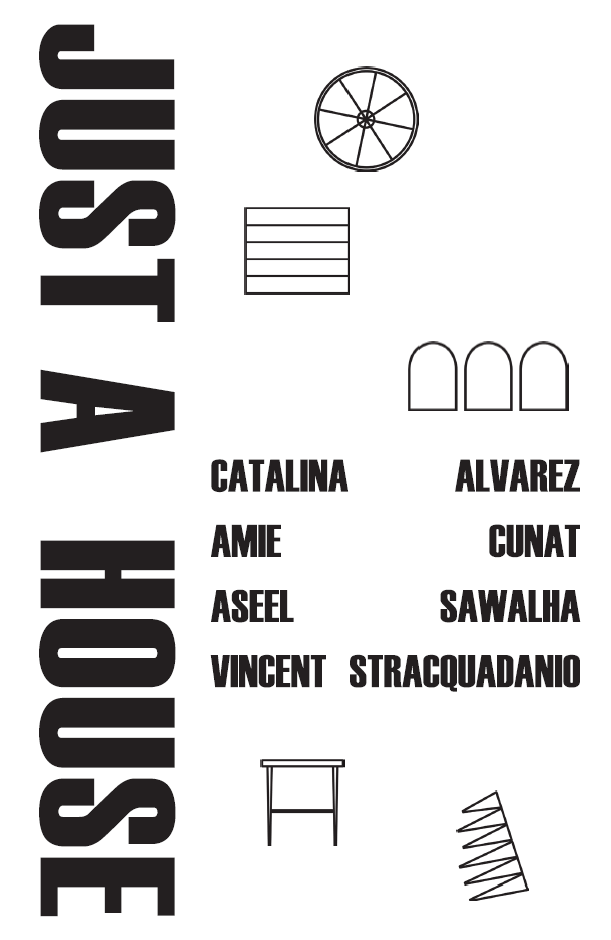
Barbara Morgan, Martha Graham, Letter to the World, Swirl, 1940,
gelatin silver print, courtesy of the Fordham University Library Archives and Special Collections
From the Archives III:
Photographs by Barbara Morgan
Fordham University’s Ildiko Butler Gallery
January 29–February, 25, 2024
Opening Reception: February 8, 6 pm
Fordham University at Lincoln Center map
113 West 60th Street at Columbus Avenue
New York, NY 10023
Map to the Lipani Gallery
fordhamuniversitygalleries
Curators: Stephan Apicella-Hitchcock, Head of Visual Arts; Linda Loschiavo, Director of Libraries; and Gabriella DiMeglio, Archives and Special Collections Librarian
From the Archives: Photographs by Barbara Morgan brings together twelve black and white photographs from the Fordham University Archives and Special Collections housed at the Rose Hill Walsh Family Library. This exhibition is the third installment of the From the Archives series, which aims to highlight the rich and varied nature of Fordham University’s collections.
Barbara Morgan (1900–1992) represents a significant figure in the history of photography, particularly as the scope of her practice included very different photography styles. Half the works on display are samples from her studies of American modern dancers, and half represent her investigations in Russian Constructivist-inspired experimental photomontage.
In Barbara Morgan’s 1941 book, Martha Graham: Sixteen Dances in Photographs, Graham comments, “It is rare that even an inspired photographer possesses the demonic eye which can capture the instant of dance and transform it into timeless gesture… For to me, Barbara Morgan through her art reveals the inner landscape that is a dancer’s world.” The timing and precision required to record the essence of a dance taking place over time and transform it into a singular, iconic photograph is extraordinary and forms a counterpoint to Morgan’s photomontage experiments, which consciously bring together different images into dialogue pertaining to constructed environments and social issues. Moreover, the photomontage technique was viewed as radical and unpopular in the United States when Morgan began making the works in this exhibition.
Occasionally, as a curator one has a specific idea for an exhibition—the themes, the participants, and the message. Alternately, there are moments where one explores with no preconceived notions and gradually, elliptically, hones in on a show. The Fordham University Library is a rich collection filled with unforeseen gems waiting for researchers and is the perfect place to engage in exploration and analysis. Furthermore, the staff that cares for our collection and facilitates such undertakings are exceptionally knowledgeable about what we have and, significantly, supportive of those interested in the unknown.
In an age where many read PDFs on devices, levels removed from the authentic experience of turning a book page, nothing is more refreshing and surprising than holding items from a different century in their hands. Archives have a slightly dusty but not unpleasant smell and a palpable feeling of history and mystery. That one doesn’t always know what they will encounter on the next shelf or in that box over there underneath another box, are not problems to be solved, but rather encouragements to engage with the spirit of inquiry.
Stephan Apicella-Hitchcock
Linda, LoSchiavo, MLIS, MA, Director of Fordham University Libraries:
My introduction to the Barbara Morgan photographs came in the late 1980s when I first saw them being exhibited in Butler Hall at Marymount College, in Tarrytown, NY. Fordham’s relationship with Marymount had begun in 1976, when the University began to offer several graduate programs on Marymount property. The Morgan photos were among the more than 150 works of art donated to the College by an alum, Mary Furey, Class of 1968. The gift also included works by Salvador Dali, Marcel Marceau, as well as other 20th century American and European photographs and prints. The College was committed to displaying works of art on the campus, so items from the collection were dispersed to various campus locations. Unfortunately, this well-intentioned gesture resulted in the bulk of the collection being lost and/or irretrievable by the time Fordham ended its relationship with Marymount and sold the College to EF Education in 2008. The remains of the collection are now in Fordham University’s Special Collections, and consist primarily of the Barbara Morgan dance photos.
Gabriella DiMeglio, MLIS, Archives and Special Collections Librarian, Fordham University:
One of the core principles in archival work is the balance between preservation and access. When materials enter the archives to be preserved and protected for future generations, our access to them inevitably decreases. Archival materials can go untouched and unseen for decades at a time, often for the simple reason that people don’t know they exist. The goal with this series is to highlight some of Fordham’s more hidden gems — providing the public of today with access to these materials while also prolonging and preserving that same access for future generations.
The previous exhibitions from the series are:
From the Archives II: Photographs by William Fox from the Fordham University Archives and Special Collections, 2014. This exhibition brought together seventeen contemporary digital prints from the original negatives housed in the Archives at the Rose Hill campus’ Walsh Family Library. William Fox was a professional photographer who worked for Fordham University freelance for over twenty years, generating photographs that span a range of topics from commencements to classrooms and from campus architecture to student life. The images represent the beginnings of Fordham University’s self-awareness, from a publicity and photographic point of view, documenting the growth of Fordham University over an extended period and giving shape to aspects that the university valued up to and through the tumultuous times of World War Two. Curator: Stephan Apicella-Hitchcock. Link
From the Archives I: Half-Frames, 2013. Half-Frames brought together twenty-one prints made from the original color transparencies held in the personal archive of J. Joseph Lynch, S.J., a mathematics and seismology professor at Fordham University from 1950 to 1967. The photographs highlighted his spontaneous approach to documenting travels, events, people, and places. The criteria for image selection stemmed from our mutual enthusiasm for his images, which resonated with contemporary directions in photography from the period, such as the snapshot aesthetic and interests in the vernacular within the medium of photography. Curators: Stephan Apicella-Hitchcock and Anibal Pella-Woo. Link
Link to the exhibition
For more information, contact Stephan Apicella-Hitchcock
